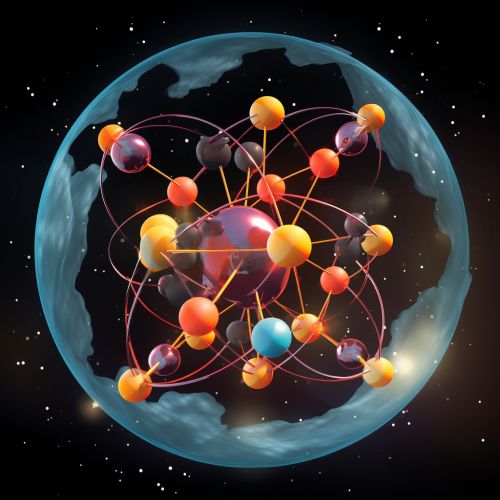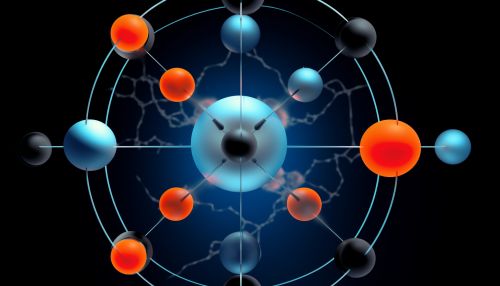CNO cycle
Overview
The CNO cycle (for carbon-nitrogen-oxygen) is one of the two sets of fusion reactions by which stars convert hydrogen into helium, the other being the proton-proton chain. The CNO cycle, unlike the proton-proton chain, is a catalytic cycle. It involves the nuclei of carbon, nitrogen, and oxygen as catalysts and releases energy through the fusion of protons to form helium.
History
The CNO cycle was proposed by Hans Bethe in 1939. It is also known as the Bethe-Weizsäcker cycle, after Bethe and the German physicist Carl Friedrich von Weizsäcker, who independently proposed the cycle about the same time. The discovery of the CNO cycle helped to explain how the Sun and other stars use hydrogen to produce energy.
CNO-I branch
The CNO-I branch is the predominant branch of the CNO cycle. The sequence begins with a carbon-12 nucleus that captures a proton to form a carbon-13 nucleus. This nucleus captures another proton to form a carbon-14 nucleus. The carbon-14 nucleus then captures a third proton to form a nitrogen-15 nucleus. This nucleus emits a positron and a neutrino to form a carbon-12 nucleus, releasing energy in the process.
CNO-II and CNO-III branches
The CNO-II and CNO-III branches involve the same initial reactions as the CNO-I branch, but they differ in the subsequent reactions. In the CNO-II branch, the nitrogen-15 nucleus captures a proton to form a carbon-12 nucleus and a helium-4 nucleus. In the CNO-III branch, the nitrogen-15 nucleus captures a proton to form a carbon-16 nucleus, which then decays to form a carbon-12 nucleus and a helium-4 nucleus.
CNO-IV branch
The CNO-IV branch, also known as the Fluorine cycle, involves a sequence of reactions that begin with a carbon-12 nucleus capturing a proton to form a carbon-13 nucleus. This nucleus captures another proton to form a nitrogen-14 nucleus. The nitrogen-14 nucleus then captures a proton to form a nitrogen-15 nucleus. This nucleus captures another proton to form a carbon-12 nucleus and a helium-4 nucleus.
Energy production
The CNO cycle releases energy through the fusion of protons to form helium. The energy released is carried away by the helium nucleus and a neutrino. The neutrino carries away a small fraction of the energy, while the rest is carried away by the helium nucleus. This energy is then transported to the surface of the star, where it is radiated away as light.
Role in stellar evolution
The CNO cycle plays a crucial role in the evolution of stars. It is the dominant source of energy in stars that are more than 1.3 times the mass of the Sun. In these stars, the CNO cycle provides the energy that supports the star against gravitational collapse and drives its evolution.
Neutrinos from the CNO cycle
Neutrinos produced in the CNO cycle are of great interest in neutrino astronomy. These neutrinos provide a unique window into the nuclear reactions that power stars and the processes that drive stellar evolution.
See Also


